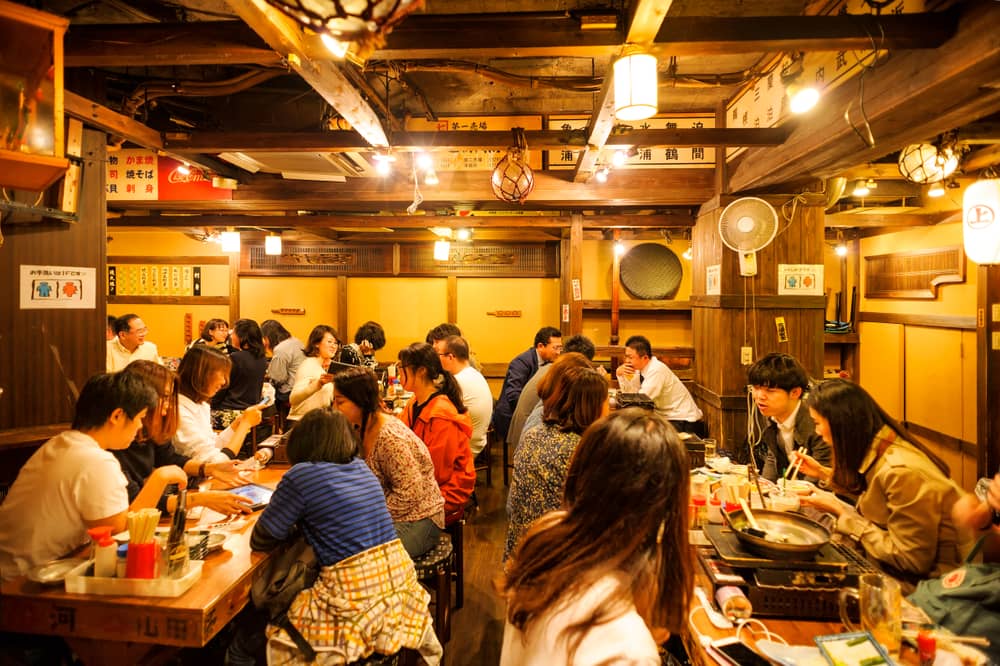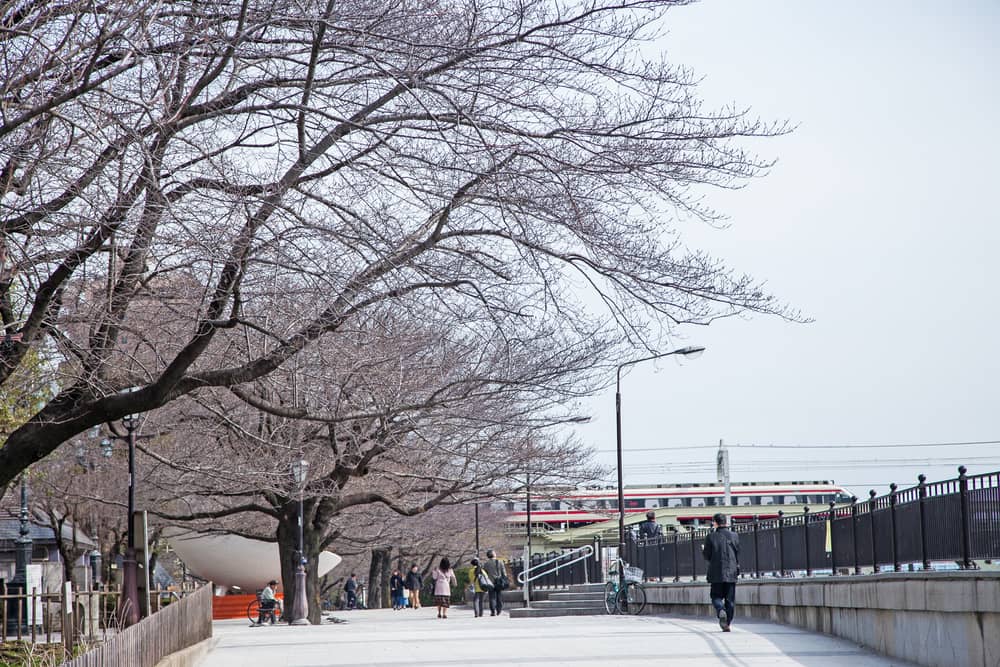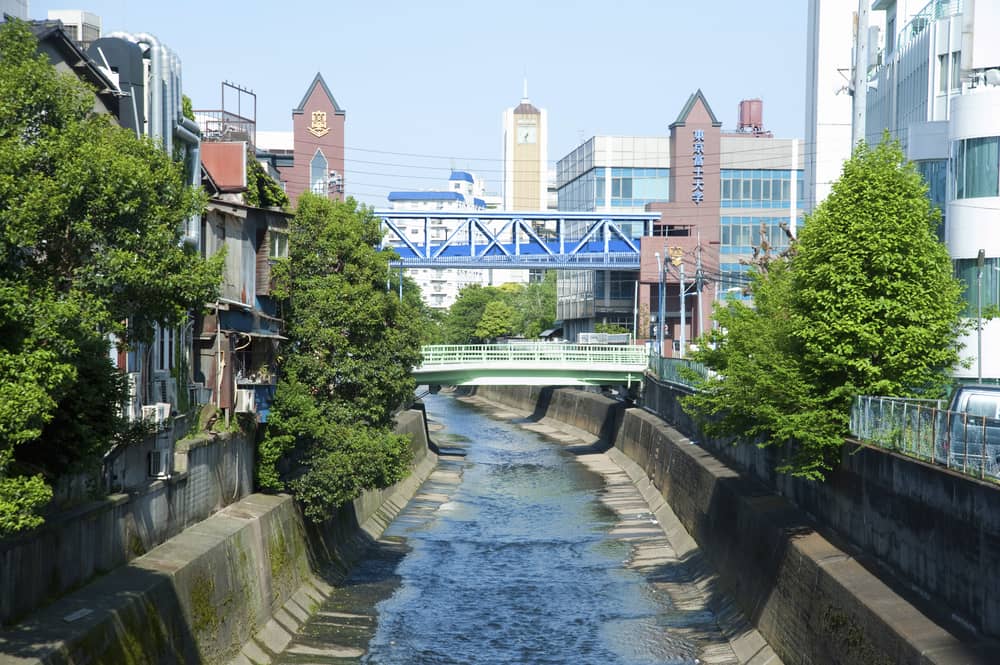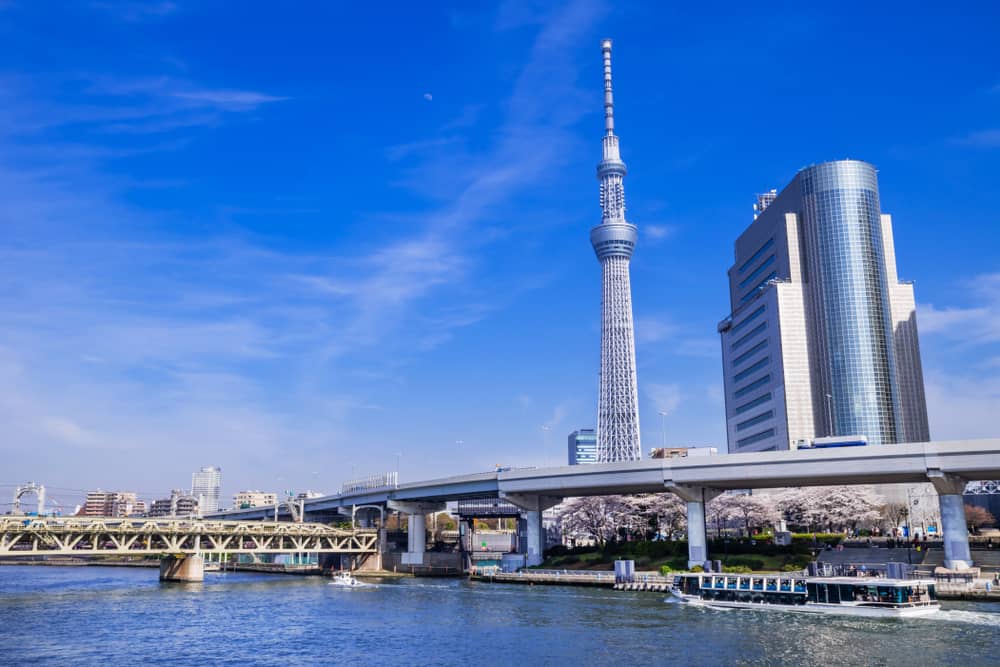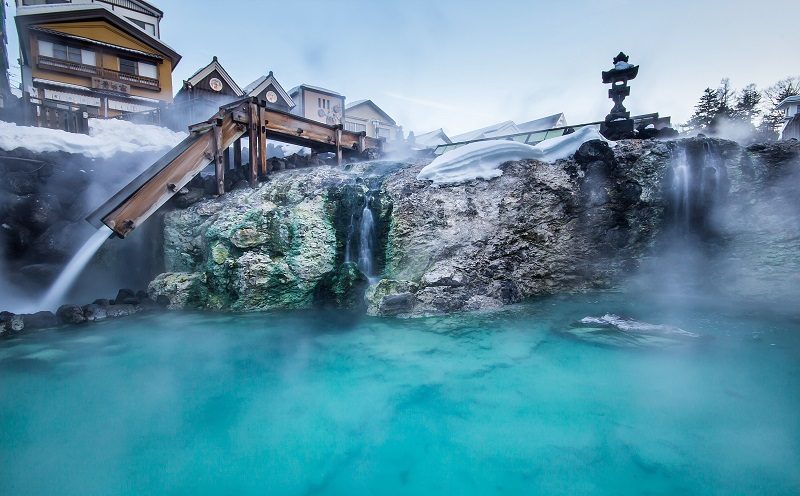Japan is a magical destination for travelers of all ages. If you’re traveling to Japan with kids, there are a few things you can do to make sure your trip is fun-filled and stress-free.
Check this complete guide for advice on choosing accommodation, transportation options, family-friendly activities, and more!

